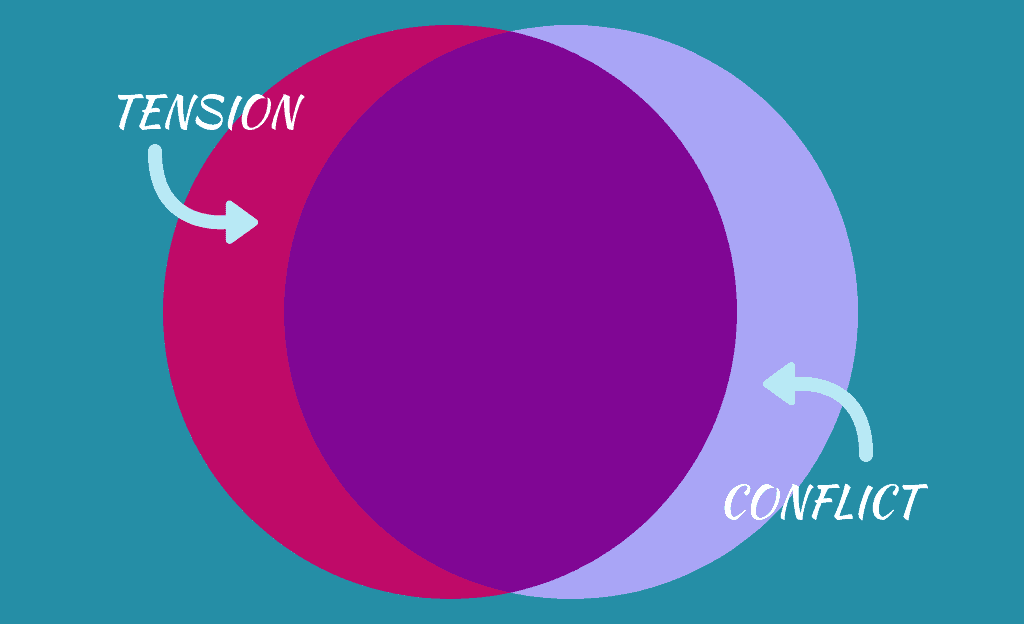Delight: The Secondary Source of Reader Engagement

Though tension is maybe the main source or reader engagement, there are several sources of “delight” that help charm the reader and make books memorable.
Dramatic Prognosis: a tool for designing strong plots and improving weak ones

The dramatic prognosis is the calculation the audience makes about the hero’s chances of reaching the goal. You can examine the dramatic prognosis within your story in the planning stage or in the revision stage; it may be helpful in highlighting where the story is lacking.
Centrifugal Forces: How a Character Doesn’t Want What They Desire

Story is a vortex; a character circles around the climax, wanting and not wanting to get to the center of the vortex, where they will be transformed.
How and Why to Write Your Back-Cover Synopsis Early

The back-cover synopsis lays out the book’s premise and piques reader interest. Here’s how and why you should write one early and often.
Irony is Central to Storytelling

Irony is more important to storytelling than you might think. It helps create more poignant story events and ushers in more meaningful character transformation.
Subjective Conflict

The idea behind subjective conflict is this: the reader can sometimes experience conflict even when the characters in the story don’t. This week’s article appears at DIYMFA.
Why Your Story’s Conflict May Fail to Grip Readers

Is your story’s conflict gripping readers? Not all conflict is created equal. Some creates tension; some doesn’t. And in fact, conflict isn’t the only way to create tension.
Use “Urgent Story Questions” to Create Tension

Sometimes, the main source of tension in a story comes from a lingereing “urgent story question” that nags at the reader. You should be conscious of your story’s USQs so that you can make the most of them and create a more gripping story.
Use Beats to Move Characters within Scenes

How do you create a dynamic, consequential scene–one that actually moves the character? You use beats within the scene to create disturbances and shifts. This analysis can help your revision; it’s all about bringing character arc to the scene level.
Stretch Tension to Maximize Suspense

Do you take us to a point of conflict and then, rather than allow us to see it play out and get all worried about the outcome, you summarize it or just resolve it quickly? Stretching tension means you lengthen the scene but also make it more gripping. Don’t push the action off-stage or rush through it. Linger on the most tense moments of the story to maximize engagement.

